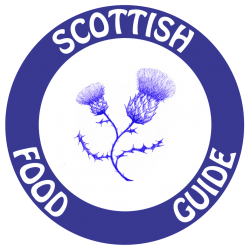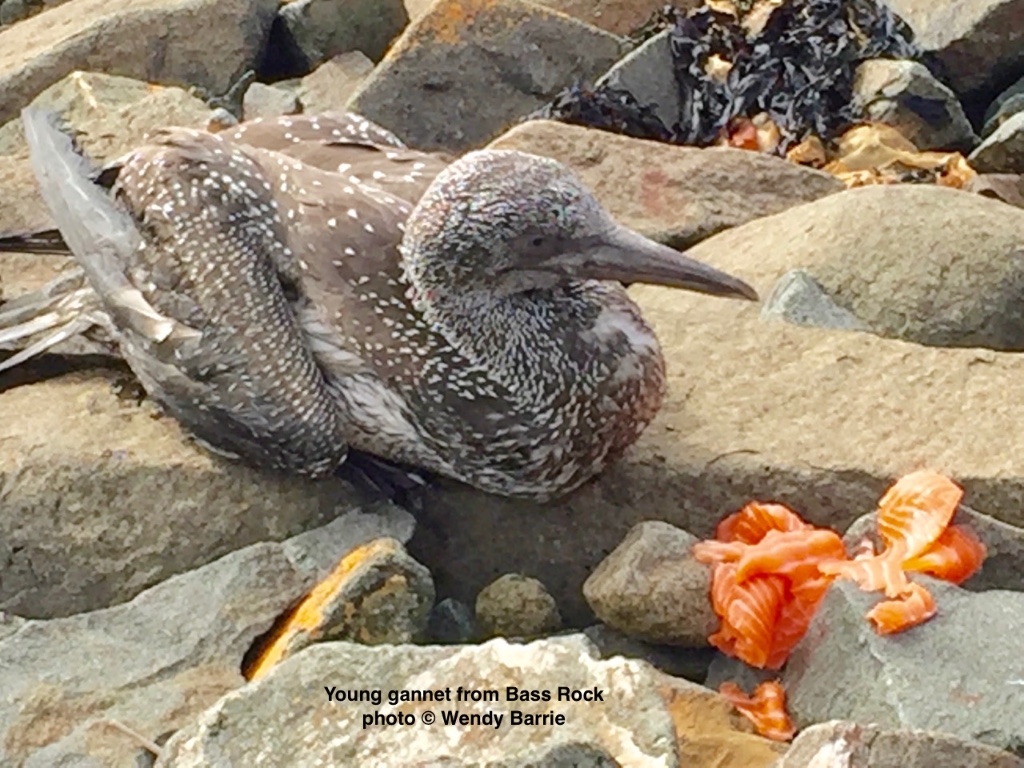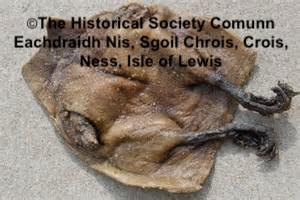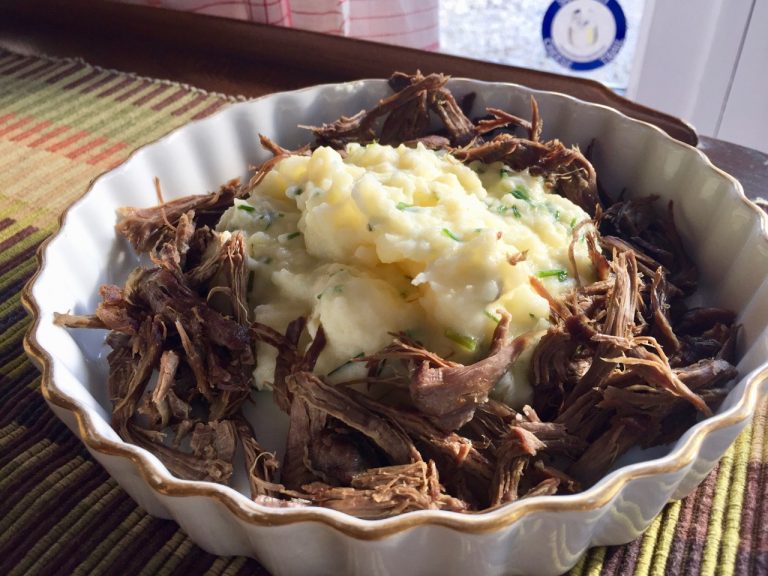Profile
Unavailable. They don’t come much more unique than the Guga, Gaelic for Gannet, harvested and prepared by a special group of 10 Ness men once a year for 2 weeks on the isle of Sùlaisgeir (Gannet Skerry), Sula being the Scandinavian word for Gannet. Sùlaisgeir is a desolate rocky isle over 40 miles(64km) out in the Atlantic, a risky journey in itself, to hunt the young gannets.The Guga Hunt has been a tradition in Ness, North Lewis, since before the 15th century. Traditionally the preserved birds formed an essential part of the winter diet for the people of Ness.It is still fundamental to their life, their place on this planet and their food heritage. It is considered a delicacy.
The men work as a team on hunting, perparing and preserving so the work is completed before they leave the isle, until next year. The small population on Lewis, particularly the north end at Ness, look forward to this annual event and families share their ration of Guga with family and friends, for a special meal.
Only the Guga Hunters, the Men of Ness, are licensed for one trip and 2 thousand gannets a year. There are those who would say the gannet is endangered and animal rights groups think it cruel but neither is so. There are over 1M northern gannets on the planet and 25-30 colonies, all in remote northern rocky outcrops. Interestingly, Bass Rock (near Edinburgh) currently has the largest colony. This is sustainable harvesting. The isle is managed by Scottish Natural Heritage as a Nature Reserve and is challenging to land on and has no facilities other than an early chapel and a few rough drystone cells, where the men live.
The community of Ness is granted the only exception under UK and EU Law because hunting for seabirds was outlawed in 1954.
It tastes a bit like salt mackerel but far stronger. So although it is fowl it tastes like strong fatty fish!



